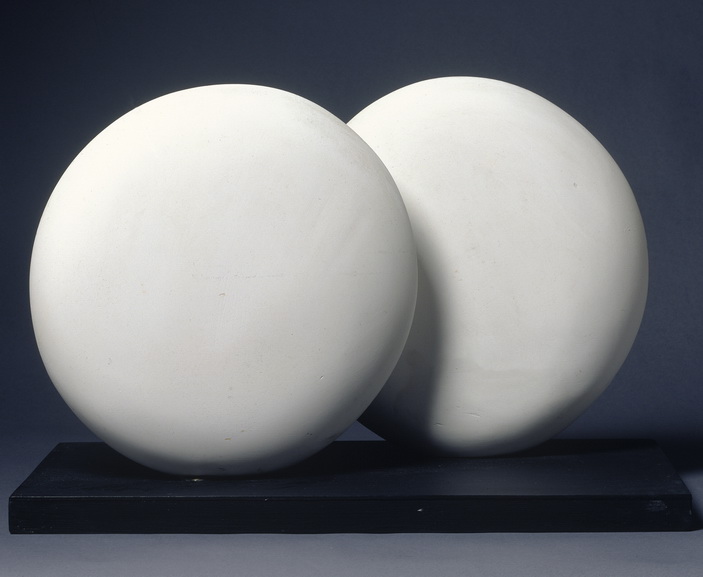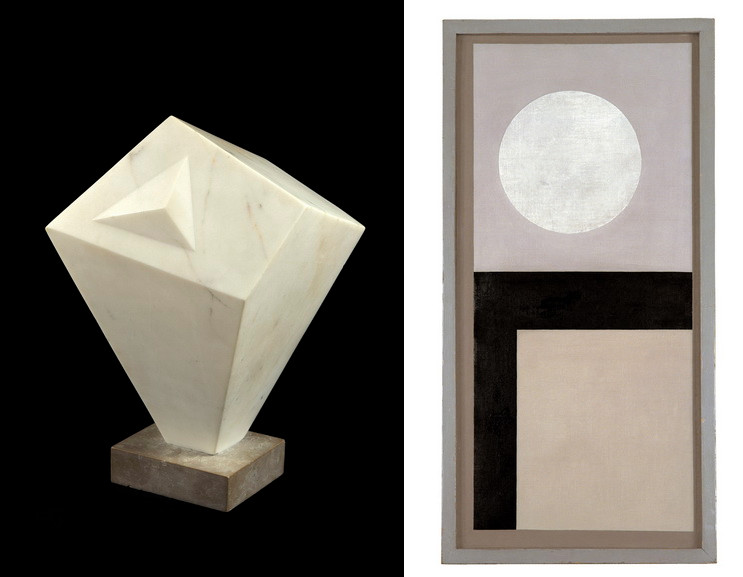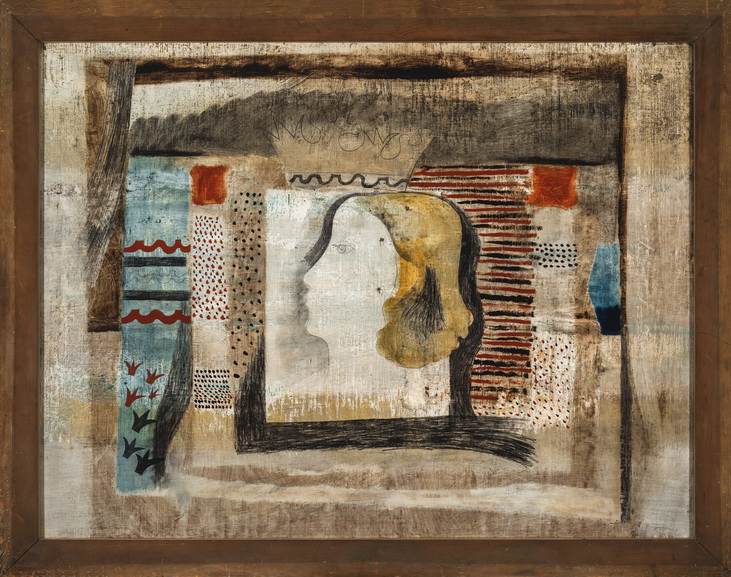[ad_1]
Throughout the period between two world wars, there was an increasing number of artist couples living and sharing similar or the same approaches to their artistic practices. It was sort of a novelty, and the relationships between two such individuals reflected the modern spirit – it could be an informal liaison and a marriage alike. The famous UK couple which undoubtedly shared the same interests when it comes to expressing one’s creativity consisted of Barbara Hepworth and Ben Nicholson.
These renowned figures fell passionately in love with each other in the 1930s and regardless of their stylistic differences, their practices became entwined. The current exhibition at Hazlitt Holland-Hibbert gallery is providing a new perspective on a fruitful period with a selection of over thirty works made by the artists.

The Exhibition Context
The couple’s granddaughter Sophie Bowness and Professor Christopher Green of the Courtauld Institute joined efforts to interpret with precision to which extent the two artists were connected.
Namely, in 1930 Ben Nicholson started embracing Cubism (a good example is the painting Charbon), and the same year he started a passionate romance with Barbara Hepworth despite the fact that they were both married at the time (the sculptress to the sculptor John Skeaping and Nicholson to fellow artist Winifred (née Roberts)). During the third decade, the couple often traveled to Paris, where they used to meet their artistic peers, exchange and absorb new ideas. Among them were some of the most radical proponents of modernism such as Picasso, Taeuber-Arp, Mondrian, Kandinsky, Gabo, etc.

The Selection of Works
The exhibition starts from their first holiday together at the beginning of their romance until the end of the decade when they moved from London to St. Ives in Cornwall. Nicholson is represented through a number of paintings and works on paper, starting from the already mentioned Charbon from 1930-31 all the way to his geometric Painted relief − version I from 1940. A selection of Hepworth’s nine sculptures spans from a white marble portrayal of a mother embracing her child, to Two Heads from 1932 made in Cumberland alabaster, and geometric sculptures such as Two Forms from 1934−5 and 1936 Form.
On display is also a rare, early plaster by Giacometti purchased by Ben’s first wife, Winifred, in 1936; the great Italian sculptor, as well as the French Cubist Georges Braque, were the two artists who influenced the couple’s practices at the time.

Barbara Hepworth and Ben Nicholson at Hazlitt Holland-Hibbert
Although it narrates the story of the support and love between Hepworth and Nicholson, the impression is that this exhibition deepens the understanding of the currents in Modern British art.
All the works are loaned from major public and private collections, and an extensive catalog accompanies the exhibition including an important introductory essay written by Christopher Green.
Barbara Hepworth | Ben Nicholson: Sculpture and Painting in the 1930s will be on display at Hazlitt Holland-Hibbert in London until 12 July 2019.
Featured images: Barbara Hepworth – Two Forms, 1935. White marble; Ben Nicholson – Charbon, 1930–31. Pencil and oil on canvas. All works and writings by Barbara Hepworth © Bowness, 2019. All works by Ben Nicholson © Angela Verren Taunt. All rights reserved, DACS 2019.
[ad_2]
Source link

